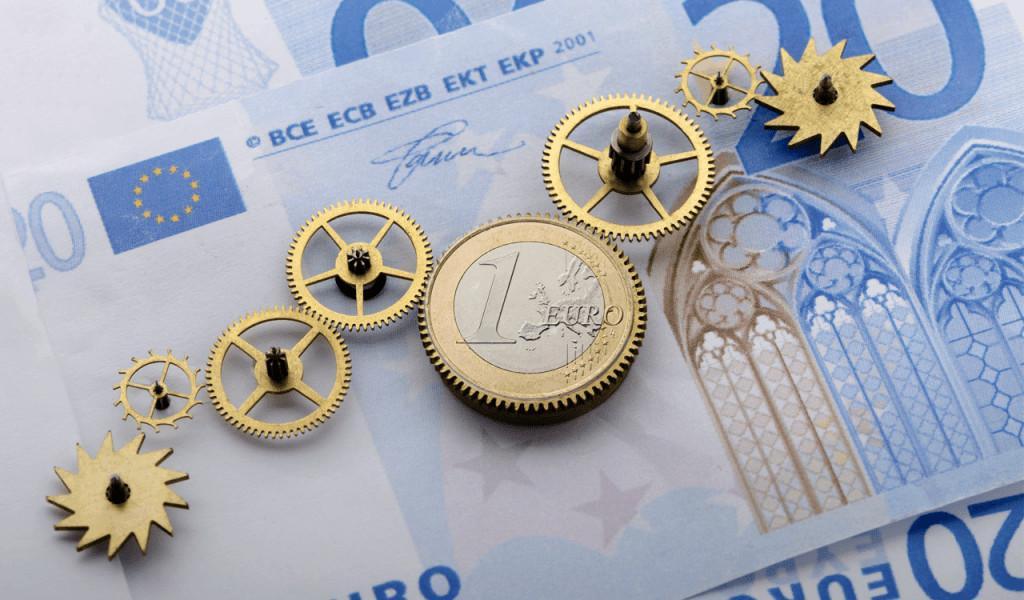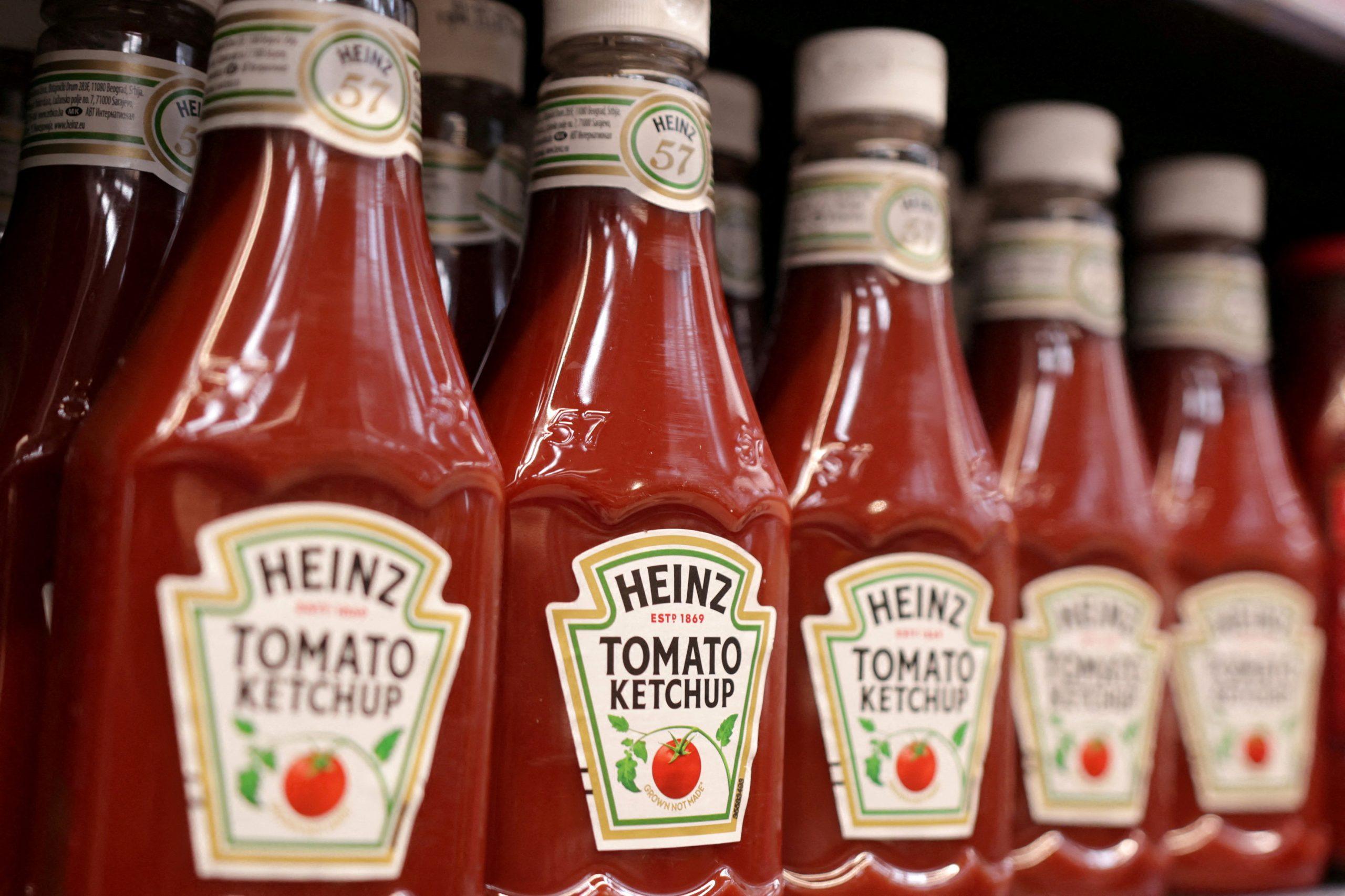Greek yogurt has emerged as a major export success for Greece, with shipments growing at an impressive rate of 40.7% during the first five months of 2025. Industry insiders describe it as the “white gold” of the Greek food sector, as domestic factories struggle to meet the rising international demand.
The Netherlands, one of Europe’s leading dairy markets, has seen an 86% increase in sales of Greek yogurt between January and May. This growth prompted Dutch dairy giant FrieslandCampina to authorize its Greek subsidiary to export strained Greek yogurt to the Netherlands—a remarkable endorsement of the product’s appeal.
The United Kingdom remains one of Greece’s top buyers. In 2024, combined sales of feta cheese and two types of yogurt reached approximately €139 million, underlining the strong appetite for Greek dairy abroad. Yogurt exports alone were valued at €65.7 million, split between products with over 3% fat content and those under 6%. The higher-fat variety saw particularly strong growth, with sales up 75.6% in value and 68.2% in volume compared to the previous year. Lower-fat yogurt also performed well, with sales rising 40.3% in value and 46.7% in volume.
Feta continues to lead Greek dairy exports, with 2024 sales of €73.1 million and a volume of 10,600 tons—an increase of 18.8% and 25.9% respectively over 2023. In 2025, feta exports are growing at around 20%.
Greek yogurt’s popularity in the UK dates back to the early 1980s when FAGE first introduced the product. Today, the market remains strong, although private-label sales slightly limit profitability for Greek producers. Nonetheless, the combination of feta and yogurt is driving Greece’s dairy exports to new heights, highlighting the international demand for traditional Greek products.
Source: Tovima.com












![Χρυσές λίρες: Πλησιάζει τα 1.000 ευρώ – Πού πωλούνται στην Ελλάδα [πίνακες]](https://www.ot.gr/wp-content/uploads/2025/07/ot_lires25.png)





























